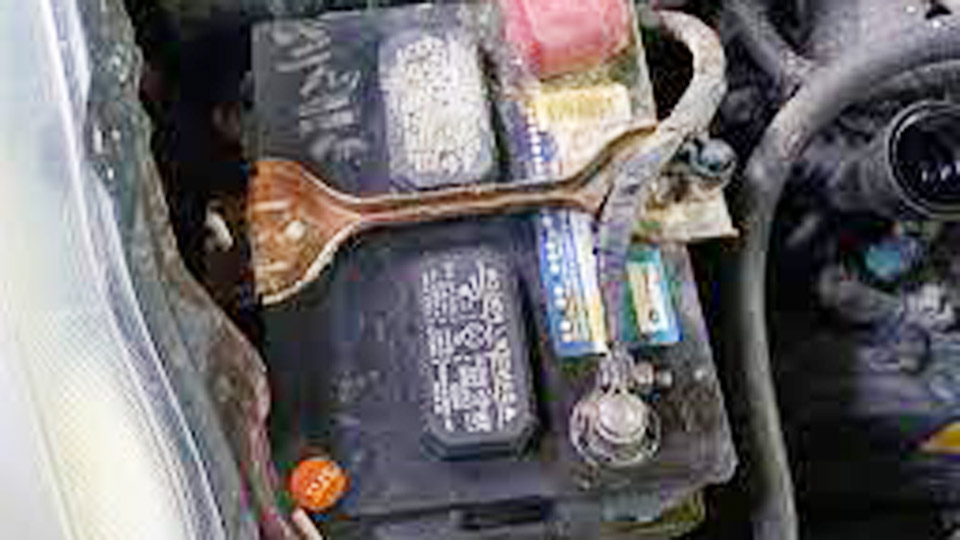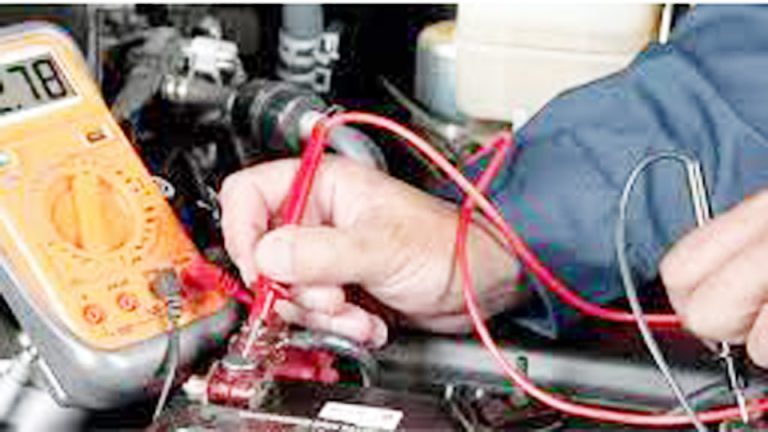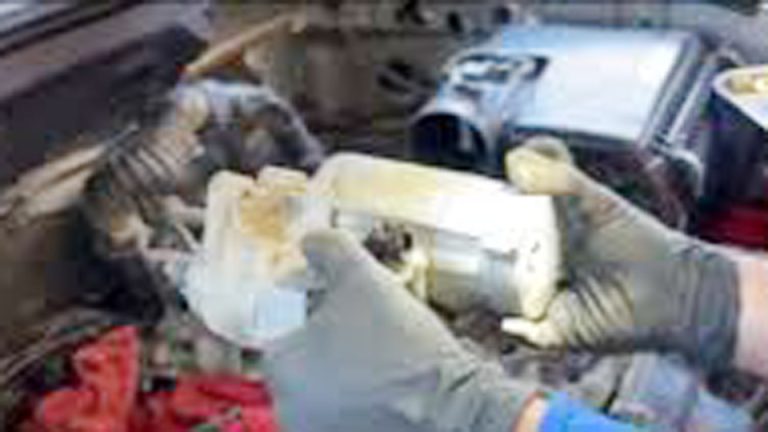I parked my 2010 Toyota Corolla in the driveway after a long day, confident it would start right up the next morning. But when I turned the key, all I got was a weak click and a dashboard that barely flickered. The battery was dead, and I hadn’t even left the lights on. I was stumped, wondering, “What can drain a battery when the car is off?” I’d dealt with car issues before, but this was a puzzle.
After some detective work, a few frustrating mornings, and a trip to my mechanic, I tracked down the culprits. Spoiler: it wasn’t just one thing. Let me share my experience, from diagnosing the problem to fixing it, so you can avoid the same headache.

Image by bbackcarcare
A dead battery when your car is off—also called a parasitic drain—can be caused by anything from a faulty electrical component to something as simple as a glovebox light staying on. My journey to figure this out took a couple of days, a multimeter, and some patience. I’ll walk you through what I learned, the steps I took, and how you can track down and fix a battery drain in your own car.
Parasitic Battery Drain
Before I dive into my story, let’s talk about what parasitic battery drain means. When your car is off, it’s not supposed to use much power. The battery should stay charged for weeks, powering only small things like the clock or the alarm system.
But sometimes, something keeps drawing power, draining the battery overnight or over a few days. In my case, my Corolla’s battery was dead after sitting for just two days, which told me something was wrong.
I learned that a normal car should have a tiny “standby” draw—usually less than 50 milliamps. Anything more than that can kill your battery. My problem turned out to be a combination of a faulty trunk light and a bad alternator diode, but it took some sleuthing to get there. If your car won’t start after sitting for a while, you’re likely dealing with a similar issue.
My First Clue: A Dead Battery Out of Nowhere
The first time my battery died, I assumed I’d left something on, like the headlights or an interior light. But I double-checked, and everything was off. I jumped the car with a portable battery pack and drove it around, thinking it just needed a recharge. The next morning, it was dead again. That’s when I knew I had a parasitic drain on my hands.
I started by checking the obvious stuff. I opened the glovebox, trunk, and doors to make sure no lights were staying on. I even crawled under the seats to check for anything plugged into the cigarette lighter. Nothing stood out, but I wasn’t ready to give up. I grabbed my multimeter—a tool every car owner should have—and got to work.
Diagnosing the Problem: My Troubleshooting Process
Diagnosing a parasitic drain isn’t as simple as popping the hood and pointing to the problem, but it’s doable with some patience. Here’s how I approached it. First, I made sure the battery was fully charged.
I hooked it up to my trickle charger overnight to rule out a weak battery. The next day, I disconnected the negative battery cable and set my multimeter to measure current (amps) in series between the negative terminal and the cable.
With the car off, doors closed, and key out, I saw a draw of about 200 milliamps—way too high. A healthy car should pull less than 50 milliamps. To find the culprit, I started pulling fuses one by one from the fuse box under the hood, watching the multimeter each time.
When I pulled the fuse for the trunk light circuit, the draw dropped to 30 milliamps. Bingo! I checked the trunk and found the light was staying on because the switch was stuck. I fixed it with a quick adjustment, but the battery still drained the next day, just slower.
That’s when I suspected a second issue. I took the car to my mechanic, who tested the alternator and found a bad diode letting current leak back to the battery when the car was off. Between the trunk light and the alternator, my battery didn’t stand a chance. If you’re dealing with a similar issue, start with the fuses like I did—it’s a straightforward way to narrow things down.
Common Causes of Battery Drain: What I Discovered
Through my experience and talks with my mechanic, I learned there are several things that can drain a battery when the car is off. Here’s what I found:
Interior or Exterior Lights: In my case, the trunk light was a big culprit. A glovebox light, dome light, or even under-hood light can stay on if a switch is faulty or a door isn’t fully closed.
Faulty Alternator: A bad diode in the alternator can let current flow backward, draining the battery. This was part of my problem, and it’s more common than I thought.
Aftermarket Accessories: Things like aftermarket stereos, alarms, or GPS trackers can draw power if not wired properly. I’d installed an aftermarket phone charger in my Corolla a year earlier, so I checked it, but it was fine.
Stuck Relays: A relay that doesn’t disengage—like for the fuel pump or cooling fan—can keep pulling power. I ruled this out by swapping relays in the fuse box.
Worn-Out Battery: Sometimes the battery itself is just old and can’t hold a charge. My battery was only two years old, so I knew it wasn’t the main issue.
To help you visualize, here’s a table of common battery drain causes I came across, based on my experience:
| Cause | Symptoms | How I Checked |
|---|---|---|
| Lights Staying On | Battery dies overnight, light stays on | Inspected trunk, glovebox, and dome lights |
| Faulty Alternator | Slow drain over days, charging issues | Mechanic tested with a scan tool |
| Aftermarket Accessories | Intermittent drain, device stays active | Unplugged USB chargers and stereo |
| Stuck Relay | Constant draw, specific system stays on | Swapped relays in fuse box |
| Old Battery | Won’t hold charge, dies quickly | Tested with multimeter and charger |
Fixing the Problem: What Worked for Me
Once I identified the trunk light issue, fixing it was simple. I adjusted the switch so it turned off when the trunk closed. It took five minutes and a screwdriver. The alternator was trickier. My mechanic replaced it in about an hour and a half, and the total cost was $400—$150 for the alternator and $250 for labor and testing. I could’ve done the alternator myself, but I didn’t have the time or a lift to make it easy.
After the repairs, I tested the car’s electrical system again with my multimeter. The parasitic draw was down to 25 milliamps, well within normal range. My Corolla has been starting reliably ever since, even after sitting for a week. The key was addressing both issues—fixing one wouldn’t have solved the problem completely.
Challenges I Faced and How to Avoid Them
This wasn’t a smooth process, and I hit a few snags along the way. First, I wasted time assuming the battery was the problem. I spent a day charging it and jumping it, only to realize the drain was elsewhere. If I’d started with a multimeter test, I could’ve saved hours.
Another mistake was not checking the trunk sooner. I overlooked it because I rarely use it, but that little light was sucking power every night. I also learned that alternator issues can be sneaky—they don’t always show up as a dashboard warning light. My mechanic’s scan tool caught it, but I could’ve missed it if I’d stuck to DIY.
Finally, I should’ve been more proactive about maintenance. My battery terminals had some corrosion, which didn’t cause the drain but could’ve made things worse. Cleaning them with a wire brush and some baking soda paste is now part of my routine.
Tips for Preventing and Fixing Battery Drain
Based on my experience, here are some practical tips to help you avoid or fix a parasitic battery drain:
Check Lights First: Open every compartment—trunk, glovebox, doors—and make sure no lights are staying on. A stuck switch is an easy fix.
Get a Multimeter: A cheap multimeter (I got mine for $20) is a game-changer. Learn how to test for parasitic draw by watching a quick video online.
Inspect Accessories: Unplug any aftermarket devices like chargers or dash cams to see if they’re the problem. I now unplug my phone charger when the car’s off.
Test the Alternator: If you suspect a drain, ask your mechanic to check the alternator’s diodes. It’s a common issue that’s easy to miss.
Maintain Your Battery: Clean the terminals every six months with a wire brush and apply dielectric grease to prevent corrosion. It’s saved me from other issues since.
Frequently Asked Questions – What Can Drain a Battery When the Car Is Off
What are the most common things that drain a car battery when it’s off?
In my case, a stuck trunk light and a faulty alternator diode were draining my battery. Other common culprits include interior lights, aftermarket accessories like stereos, stuck relays, or even a worn-out battery that can’t hold a charge.
How can I tell if my car has a parasitic battery drain?
I noticed my battery was dead after sitting for just a couple of days. To confirm, I used a multimeter to measure the current draw with the car off. If it’s over 50 milliamps, you’ve got a drain. Check fuses and lights to narrow it down.
Can a bad alternator drain a battery when the car is off?
Yes, that was part of my problem. A bad diode in the alternator can let current leak back to the battery. My mechanic found this with a scan tool after I fixed the trunk light issue.
How long does it take to find and fix a battery drain?
For me, diagnosing the drain took about an hour with a multimeter. Fixing the trunk light was a five-minute job, but the alternator replacement took my mechanic 1.5 hours. Your time will depend on the cause and whether you go DIY or professional.
Should I replace the battery if it keeps draining?
I thought my battery was the issue at first, but it was only two years old and tested fine. Fix the drain first—lights, alternator, or accessories—before buying a new battery. If it’s over four years old, though, it might be worth replacing anyway.




